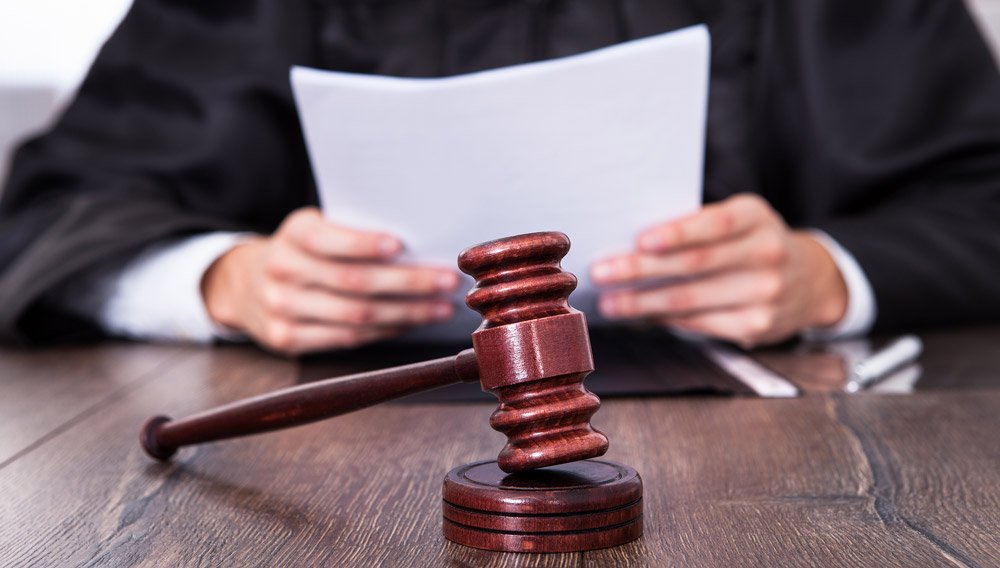What is a section 172 notice?
If you are caught driving dangerously, the police will issue a section 172 notice through your letterbox. Although this can be daunting to receive, the process of completing the notice and returning it with the correct information is straightforward.
So, what should you do if you are issued a section 172 notice? Harewood Law has explained everything you need to know below.
What is a section 172 notice?
Section 172 of the Road Traffic Act is the legal requirement of a road vehicle owner to provide details of an alleged road traffic offence to the police. It is invoked by a range of driving offences, most notably for offences of speeding.
You are required, by law, to supply the details of the individual who was driving the vehicle at the time of the alleged offence. A section 172 notice is not an expression of guilt, but failure to cooperate can potentially lead to six penalty points instead of three penalty points.
The notice of intended prosecution (NIP) will be posted through your door following the incident.
Which offences lead to a section 172 notice?
The most common offences that lead to the issue of a section 172 notice are:
Dangerous driving
Careless driving
Speeding offences
Failure to stop for police
It is at the discretion of police to determine whether driving is considered dangerous or careless.
How long do the police have to send a section 172 notice?
The police must send a notice of intended prosecution within 14 days of the offence.
How to complete a section 172 notice
You will not be given a penalty if you do not know all of the correct information. However, it is crucial to remain honest, upfront and provide clear information on what you do know.
To provide assurance against your notice being lost in the mail, ensure you take photographic evidence of your completed notice before posting it. We also recommend that the response is sent via secure next day delivery then you have some evidence of posting.
What information is required for a section 172 notice?
A section 172 offence requires you to identify the driver of the vehicle at the time of the offence. This driver could be yourself, or another driver who is insured on your vehicle.
What if I can’t identify the driver?
There are a number of reasons why you may be unable to identify who was driving your vehicle at the exact time of the offence. These include:
There are multiple people who are insured on your vehicle and you don’t know who had access to it at the time of the incident
You were sharing the drive time on an extended journey with multiple drivers
Your vehicle has been stolen (this should be reported separately)
You only recently purchased the car and the offence occurred before you had ownership
If you cannot identify who was driving the vehicle then you must make this clear whilst filling out the form, and state why.
What happens if I fail to comply with a section 172 notice?
Failure to comply with section 172 within the designated period of time, or if the notice is returned containing false information, you could be subject to:
A fine of £1000
A temporary driving disqualification
Up to 6 points on your driving licence
In the case of intentionally completing a section 172 notice in order to mislead the investigation into the offence, you could also face time in prison. Many people have been arrested for Perverting the Course of Justice and given custodial sentences for giving false information to the wrong driver.
We serve clients in Leeds, Bradford, Halifax, Wakefield, Huddersfield, Keighley across West Yorkshire and the UK, so contact Harewood Law’s specialist Driving Offence Lawyers today.


